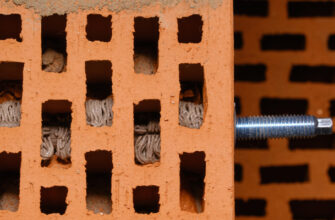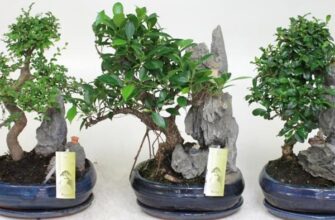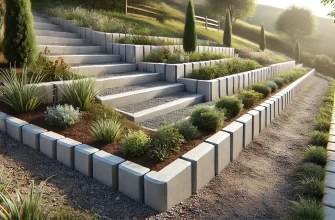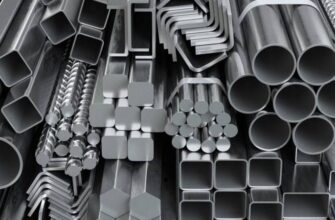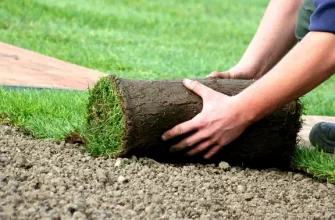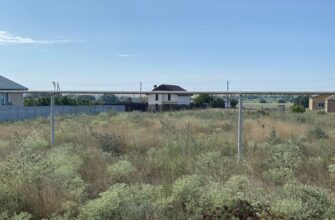Today, there are a lot of information on warming homes: that warm, how warm and kind of material used. but, Despite this, many developers, Faced with this question, still often experience difficulties in its implementation. In this article Let us examine the basic rules of warming of houses, they will give specifics about, how to properly insulate and which at the same time the requirements to be observed.
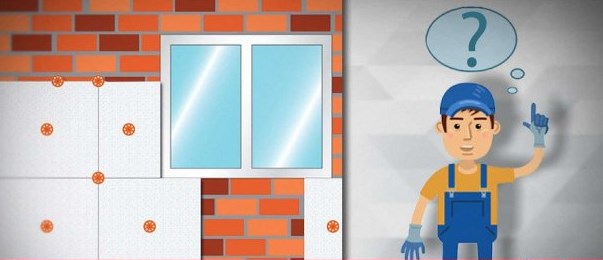
rules insulation:
- It is necessary to insulate. Among the developers formed the wrong impression, that the warming of the house is primarily intended to reduce the cost of its heating. However, insulation plays a more important task for the functioning of the house and stay tenants. It supports individual temperature control of indoor temperature regardless of the outside. Neuteplonny home has little protection from the effects of low outdoor temperatures, respectively, in the winter time, it is rapidly cooled, losing heat through the wall structure. Summer, conversely, wall warms up quickly under the influence of violent summer sun, and in the house gets very hot. Therefore the main task of warming is precisely the preservation of a comfortable temperature in the house. A saving on heating the house due to its insulation is just a nice bonus.
- Insulate the entire continuous loop homes. To better understand the, why do we need to do. imagine a person, which in the winter in a frost went out dressed in warm clothes, but shod in summer shoes. Special effect of warm clothes in this case will not, because people will feel discomfort in the form of cold feet. Similarly, insulation works. Let's, that the house is thorough insulated walls, ceiling, established good windows, but poorly insulated construction of the base and the foundation as a result of the floor in the house is always cold. Accordingly, it will bring discomfort to tenants, heat and break an internal mode.
- composite materials. In this regard, an ideal combination is considered to be a stone house, steam-warmed outside insulation. This rule also applies to technologies for determining the vapor barrier ceiling. Usually, ceiling stronger than all exposed to warm humid air. At this point, it passes a large amount of moisture, so active heat losses occur here. It is therefore necessary to provide a vapor barrier of the ceiling. Buy the necessary materials can be here https://stroyshans.ru/catalog/paroizolyatsiya/.
- Apply sufficient insulation layer. The optimum thickness of insulation for the outer walls – 100 mm, roof – 300 mm, basement and plinth - 100 mm, enough for the blind area 50 mm.
- Insulate the house from the outside. With this method of insulation wall supporting structures located inside the house, respectively, they are heated and become an additional source of heat for rooms. In the case where the insulation occurs inside, wall structures are in the cold zone, This leads to cooling, insulating layer does not pass them as a result of heat in the space between the insulation and the wall, usually, is formed fungus.
- Protect insulating layer. Insulation is on the outside, it is exposed to various weather conditions, therefore it is necessary to protect. For instance, heater, used in the system of ventilated facades must be ventilated, to avoid excessive accumulation of moisture, and also to protect from the wind. To do this, use a high quality wind insulation. You also need to provide protection against rodents for insulation, located in the ground. In the attic insulation is required to provide a vapor barrier with a warm hand, and arrange ventilation of the attic space to output the excess moisture. It is very important to protect the entire surface of the insulation.
Warm the house, you must also not forget about ventilation. After warming by itself can not ensure a healthy microclimate in the house. This will only work in conjunction. Let the air in your home is fresh and warmed with minimal energy consumption.
